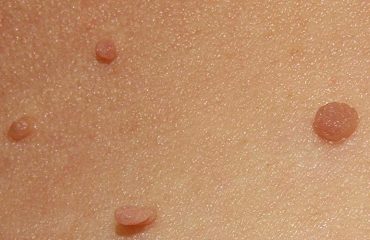Several treatment options are available for removing skin tags, depending on factors such as size, location, and personal preference. Here are some common methods used by dermatologists:
- Cryotherapy: In this procedure, liquid nitrogen is applied to the skin tag to freeze and destroy the tissue. Cryotherapy is quick and typically causes minimal discomfort. However, multiple treatments may be needed for complete removal.
- Surgical Removal (Excision): Dermatologists can surgically remove skin tags using a scalpel or surgical scissors. This procedure is quick and effective, with minimal scarring. Local anesthesia may be used to numb the area before excision.
- Electrosurgery: Electrosurgery involves using a high-frequency electrical current to burn off the skin tag. This method is efficient and can be performed in-office under local anesthesia.
- Ligation: Ligation, also known as tying off, involves tying a small string or thread tightly around the base of the skin tag to cut off its blood supply. Over time, the skin tag will shrink and fall off.
- Over-the-Counter (OTC) Treatments: Some OTC products, such as skin tag removal creams or solutions containing ingredients like salicylic acid or tea tree oil, may help dissolve or shrink small skin tags. However, these products may not be as effective as professional treatments and should be used with caution.
It’s important to note that while these treatments can effectively remove skin tags, they may not prevent new ones from forming. Additionally, it’s advisable to consult a dermatologist before attempting any treatment, especially for larger or more complex skin tags, to ensure proper diagnosis and management.


